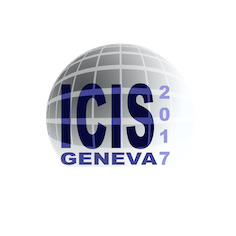Speaker
Description
To bridge the gap between ITER and fusion demonstration reactor (DEMO) and to realize the fusion power in China, a new fusion facility named the China Fusion Engineering Test Reactor (CFETR) is under conceptual design. Neutral beam injection (NBI) is one of the proposed auxiliary heating system to bring the CFETR plasma to the ignition temperature. A steady-state neutral beam with the power larger than 20 MW at 0.8 MeV is demanded for CFETR. As the most critical step towards the CFETR-NBI system, a research project of the CFETR neutral beam test facility (CFETR-NBTF) will be started in China over the next 5 years. The CFETR-NBTF will be equipped a negative ion source with multi RF drivers and a single stage accelerator of 200 keV.
The objective of this study is to identify a single stage accelerator to produce 200 keV H$^-$ ion beam through the physics design based on beam optics, stripping loss of negative ions, and thermo-mechanical performance of the grids. In the beam optics study, a single-beamlet analysis is applied to evaluate the geometry of the grid apertures, the ratio of acceleration and extraction voltage, and the related beam divergence and clearance. Through a multi-beamlets analysis, magnetic configuration is designed to deflect electrons in the accelerator, and to minimize the effect of magnetic field on the beamlet. Besides, electrical field shaping plates (also named kerbs) are designed to compensate the repulsion between beamlets and to steer the beamlets to a focal point. Utilizing a 3D gas flow analysis to calculate the gas flow in the accelerator and to estimate the relevant the stripping loss of negative ions. The design of each grid segment is described in detail. The thermos-mechanical performance of the girds is evaluated by means of 3D fluid-thermal-structural models, in terms of cooling water velocity, pressure drop, grid temperature, stress, and deformation.




